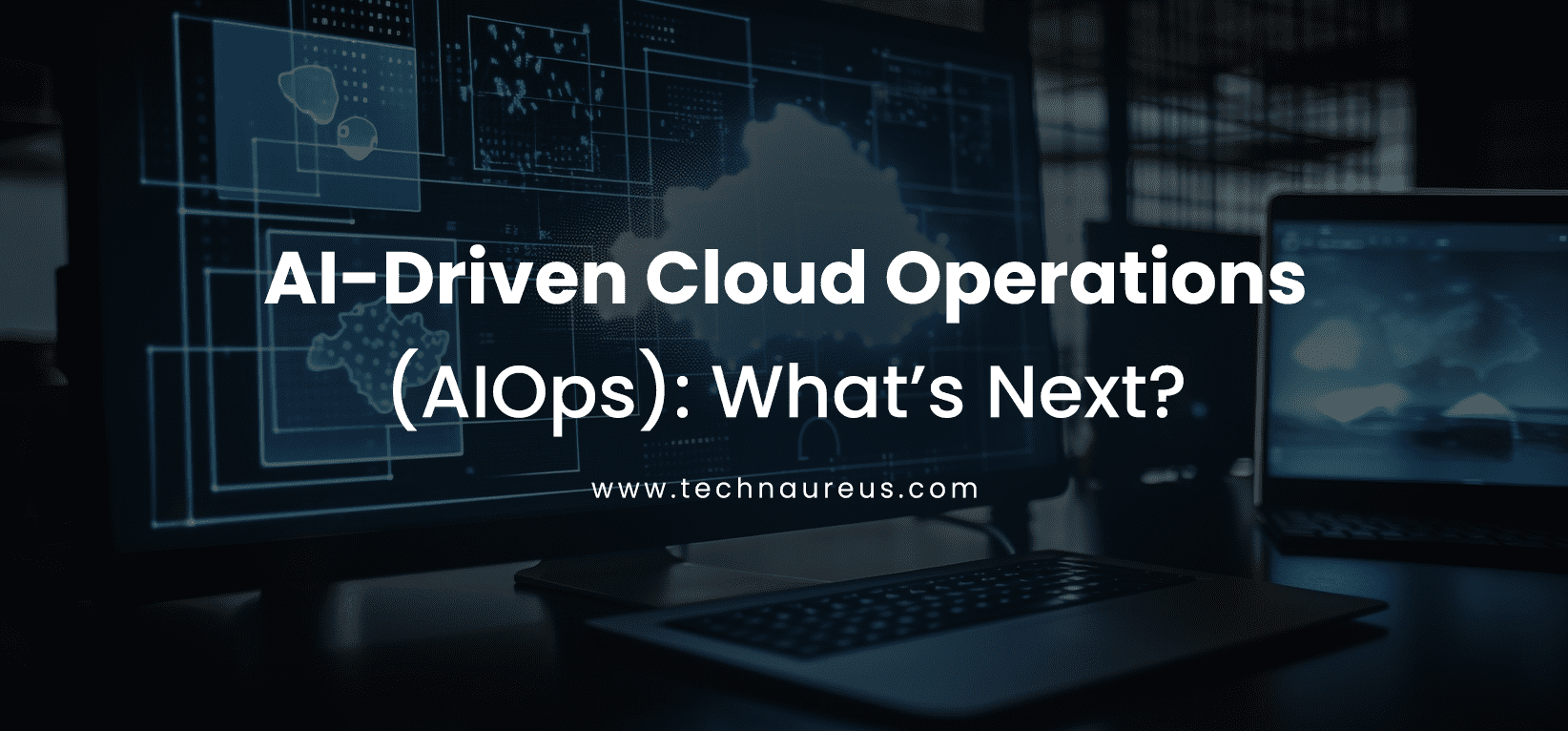Muhammad IrfanSept. 15, 2025
Managing cloud infrastructure has never been simple. As businesses adopt multi-cloud and hybrid setups, IT teams face huge volumes of data, alerts, and system events every single day. Manually handling all of this isn’t just inefficient—it’s nearly impossible.
This is where AIOps (Artificial Intelligence for IT Operations) comes in. By combining machine learning, big data, and automation, AIOps is changing how organizations monitor, manage, and optimize their cloud environments. But the big question is: what’s next for AIOps in cloud operations?
AIOps stands for Artificial Intelligence for IT Operations. It’s a framework that uses AI and ML to improve IT operations by:
Instead of relying on manual monitoring tools, AIOps analyzes logs, metrics, and events in real-time—helping teams make smarter, faster decisions.
With cloud environments growing more complex, traditional monitoring tools fall short. Here’s why AIOps is gaining momentum:
Simply put, AIOps makes cloud management less reactive and more predictive.
Instead of drowning in hundreds of alerts, AIOps can correlate related events and highlight the root cause, saving engineers hours of manual work.
AIOps can forecast demand and automatically scale cloud resources up or down, ensuring performance while reducing costs.
By analyzing logs and network activity, AIOps can detect anomalies and potential security threats in real time.
For recurring issues, AIOps tools can run self-healing scripts to fix problems without human intervention.
Looking ahead, AIOps will become even more advanced and integrated. Here’s what we can expect:
The rise of AIOps marks a major turning point in cloud operations. As businesses continue moving toward complex, hybrid, and multi-cloud setups, AIOps will shift from being a “nice-to-have” to a must-have for IT teams.

0